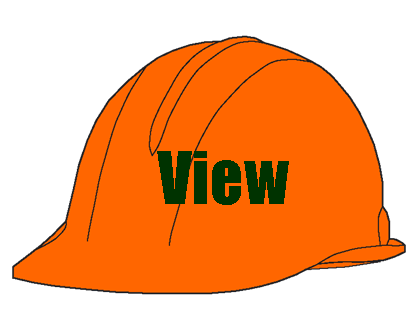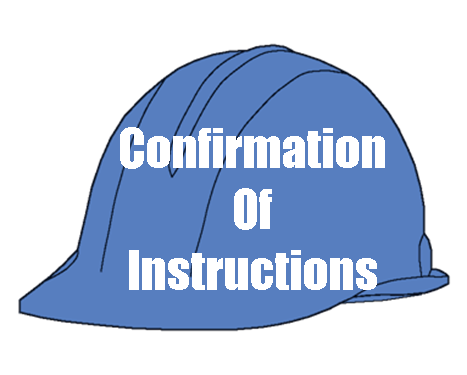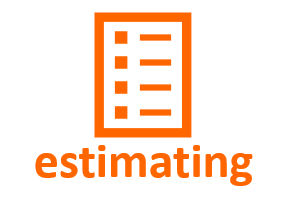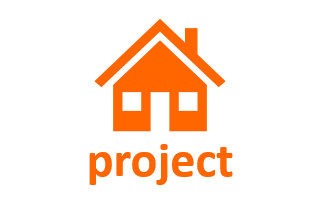CLIENT MANAGEMENT
The "Initial Standard Specifications" Form
|
One of the quickest ways to kill your construction business is to have any misunderstandings with your clients regarding the specifications for materials and products to be used on their project. |
|
This kind of confusion will harm both your pocketbook and your reputation. The Initial Standard Specifications form provides a way to eliminate any confusion about what you are selling and what the client is buying.
What the Initial Standard Specifications form is
|
Wow!! Awesome worksheet, I can really see how this will clear things up from the start. Thank you for sharing!!. R.T. Hawaii |
Every custom house I have built begins with the question "How much will it cost?". I try to explain to the client that the cost of the project is, to a large part, dependent on the materials used in the construction. Generally, the client will have some idea of the design for which she is looking, and a very loose idea of some of the specifications. |
However, very seldom are all of the specifications selected before the client is asking for a price. The client relies on me to develop a preliminary budget for the construction based on a very general idea of what is going to be used to build the house. I can do that, but I am going to have to make some assumptions regarding the specifications.
The Initial Standard Specifications form documents the assumptions I have made. Beyond that, it assures that the client understands the assumptions I have made. The client does not have to agree to the assumptions, she just has to understand them. The Initial Standard Specification form establishes a baseline for the materials to be used in the house.
If I sell a house that started as a spec and then becomes a "pre-sold", I can expect that many changes will be made in my original specification assumptions. To protect the company, I use a combination of the Initial Standard Specifications form and the "Confirmation of Instructions". You can click on the buttons below to take a look at that form or go to the discussion page.
How to Use the Initial Standard Specifications form
Make the Initial Standard Specifications form a part of the consultation process when you begin your discussions with the clients. I use a blank copy of the form to make notes when I start talking to the potential clients about their house. I explain to them that I am happy to incorporate any of thier ideas about the specifications into the proposal, and that if they has not yet made a decision regarding a product, I can make an assumption, subject to a later change. This also provides an opportunity to explain the process for making changes in the specifications.
If the prospect is just shopping price, you will probably not have an in-depth discussion with them regarding specifications. In that case, you can use a standard set of specifications upon which you have decided. Use these specifications to develop your proposal, and make the standard specifications part of your proposal. By making the Initial Standard Specifications form a component of your first proposal, you will be able to help the prospect understand what you are proposing and feel more confident in making a decision to select your company. I have a pre-set standard group of specifications for each of three levels of construction that I may encounter.
By the time you are sitting down to sign contracts, you may have created several Variance Specification Forms. Make sure you are keeping each rendition of the form in your Job Binder for this project. These forms, upon which the final contract pricing will be based, will become a part of the contracting package.
The Initial Standard Specifications form and the Variance Specification forms are used to create each iteration of the proposal, and the final proposal is signed at the contracting session and becomes the baseline for all specifications for the project. Any future changes from this baseline must be evidenced by a Confirmation of Instructions form, signed by the client. If you can discipline yourself to follow this process, your paperwork trail will be complete.
It really makes no difference if the form is completed by hand or in the computer. Typically, I hand-write the specifications as I have discussions with the prospect, and as I make revisions to existing editions of the form. When I submit the formal proposal and when I produce the contract package, I will make a computerized copy of the form. The form which you can download can be used either way. Just be sure to keep a clean edition of the template, and copy it into your electronic job files or print copies as you need.
Why to Use the Initial Specifications form
The most important business benefit of the Initial Specifications form is that you have established, and documented, a starting point for the construction budget. You are telling the client that you will construct a house using these specifications for this amount of money.
There should be no confusion on the part of your client regarding the materials to be used. There should also be no confusion on the part of the client as to whether or not a Confirmation of Instructions is necessary if they decide to change the specifications. Project management with regard to the specifications will be much easier when the client understands what is a change and what is not.
Protect yourself and your company.
Help your client understand the construction process.
The Initial Specifications form can help you do that.

















